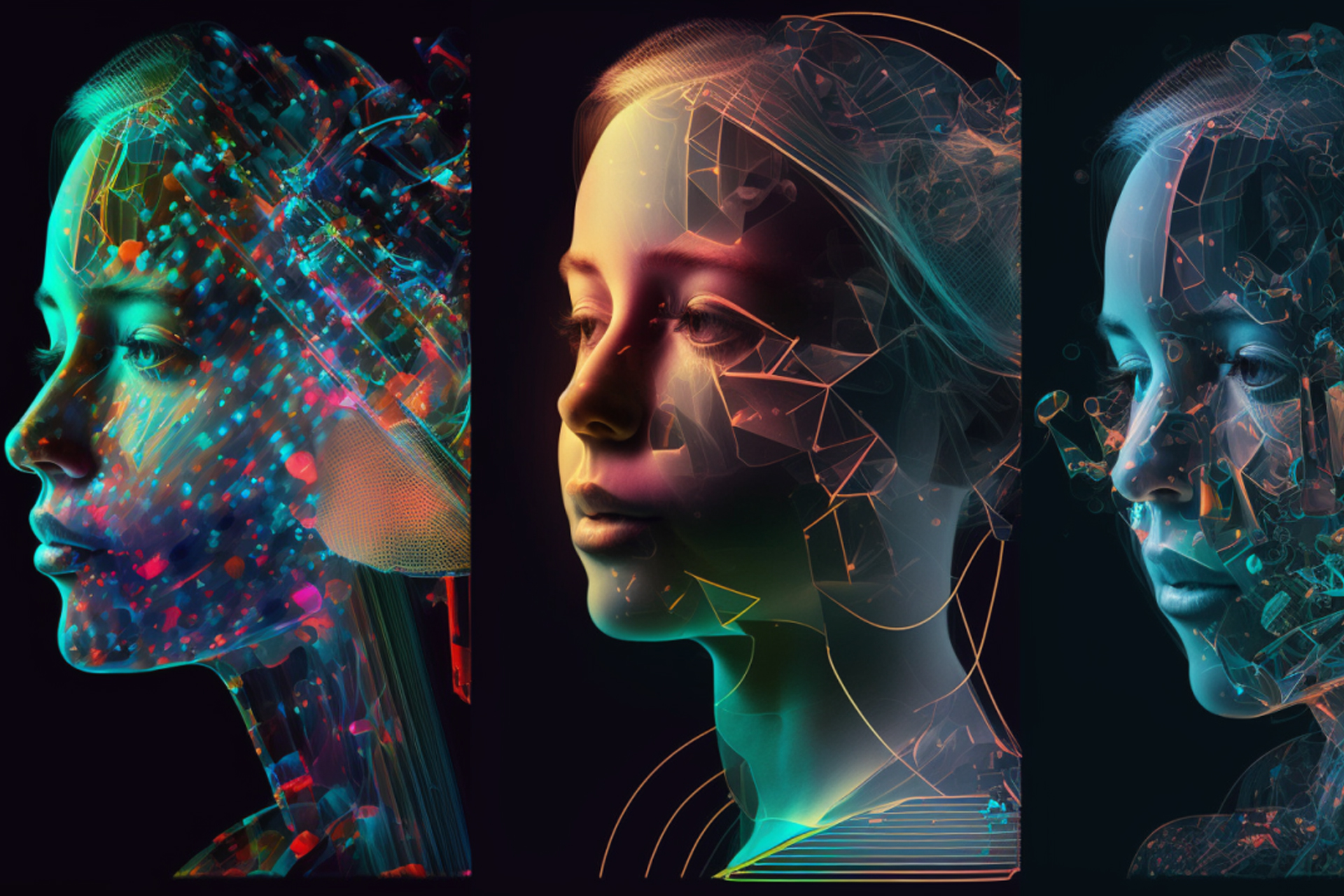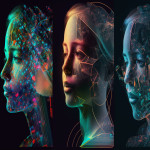Introduction: In the ever-evolving world of technology, one innovation that has been making waves is Generative Artificial Intelligence (Generative AI). At the intersection of art and science, Generative AI represents a paradigm shift, empowering machines to not just perform tasks but also to create. In this blog, we'll delve into the transformative impact of Generative AI and how it's reshaping the landscape of digital innovation.
Defining Generative AI: Generative AI goes beyond traditional AI systems. It's not just about processing data; it's about creating new, original content. Whether it's images, text, or even music, Generative AI has the capacity to generate content that is indistinguishable from what humans can create.
The Creative Machine: At its core, Generative AI taps into the power of neural networks to analyze patterns, learn from data, and generate new content. This ability to "create" marks a departure from conventional AI, opening up a realm of possibilities in fields such as art, design, and content creation.
Dynamic Content Creation: Generative AI is revolutionizing digital marketing by automating and personalizing content creation. From generating targeted ad copies to creating visually appealing graphics, businesses can leverage Generative AI to streamline their marketing efforts and deliver content that resonates with their audience.
Enhancing User Engagement: In the competitive digital landscape, user engagement is paramount. Generative AI enables the creation of interactive and engaging content, such as personalized product recommendations, chatbots for customer support, and dynamic website elements, significantly enhancing the overall user experience.
Innovative Design: Designers are embracing Generative AI to push the boundaries of creativity. The technology assists in creating unique and innovative designs, whether it's for graphic design, web layouts, or product prototypes. This collaboration between human creativity and machine intelligence results in designs that are both cutting-edge and visually stunning.
Efficient Development: In software development, Generative AI streamlines the coding process. It can generate code snippets, automate repetitive tasks, and even assist in debugging. This not only accelerates the development lifecycle but also allows developers to focus on more complex and strategic aspects of their projects.
Navigating Ethical Concerns: While Generative AI opens up new possibilities, it also raises ethical considerations. Issues such as copyright infringement, bias in generated content, and the potential misuse of AI-generated information require careful navigation. As the technology evolves, it is crucial for developers and policymakers to address these ethical concerns.
Overcoming Challenges: Like any technological advancement, Generative AI faces challenges. Ensuring the responsible use of AI, addressing biases in training data, and refining algorithms to improve the quality of generated content are ongoing tasks. The collaborative effort of the tech community is vital in overcoming these challenges.
Conclusion: Generative AI represents a creative revolution, transforming the way we approach digital innovation. From redefining marketing strategies to influencing the very fabric of design and development, the impact of Generative AI is profound. As we navigate this new frontier, it is essential to harness its power responsibly, ensuring that the fusion of human creativity and machine intelligence propels us towards a future where innovation knows no bounds. The era of Generative AI has dawned, and the possibilities are limitless.






